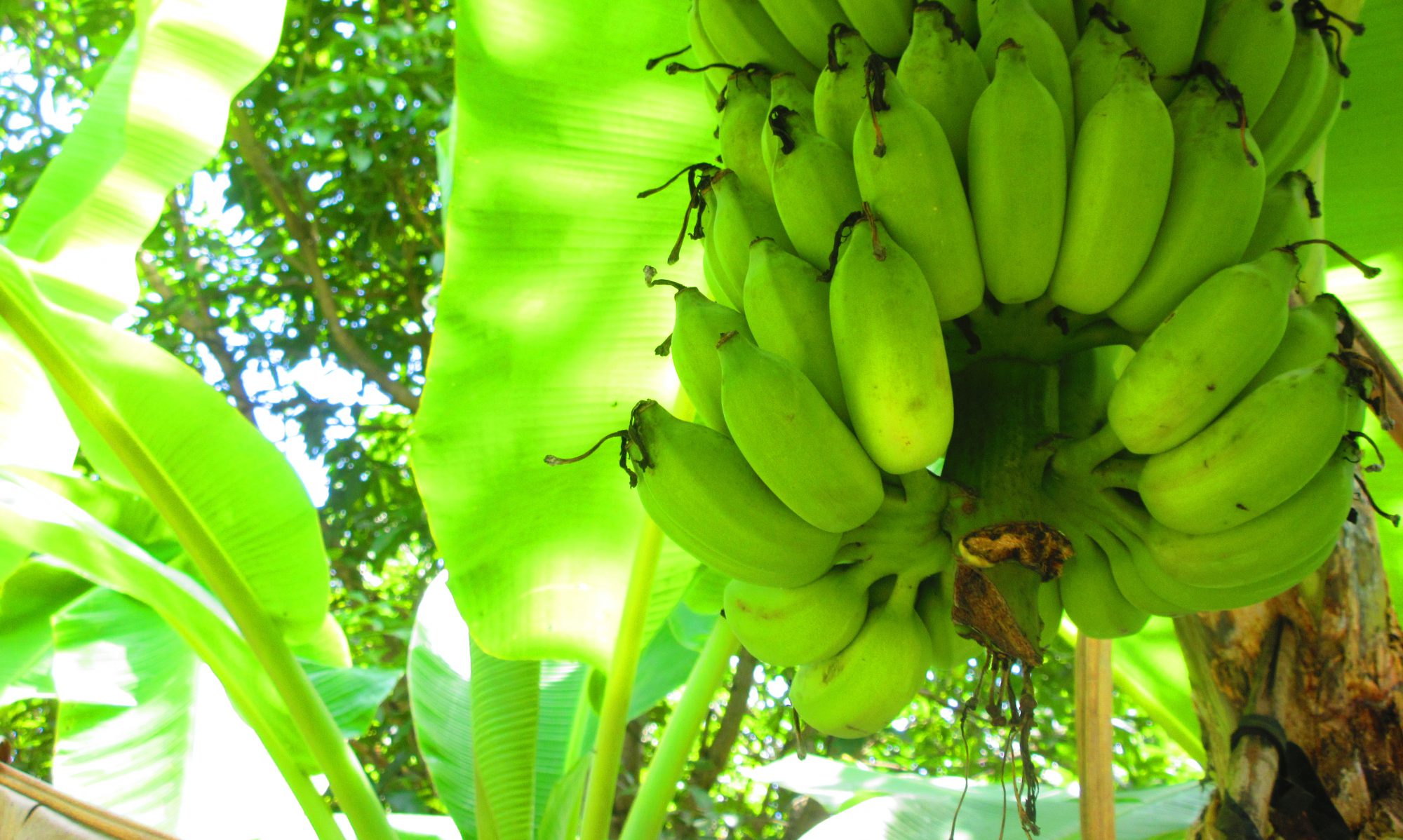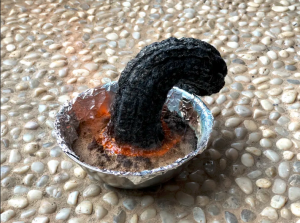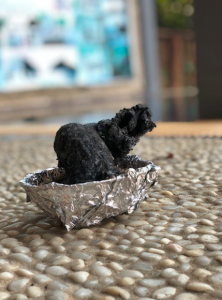+ Ingredients:
- Baking soda
- Sugar
- Sand
- Alcohol
- lighter/etc that can make fire…
- zippo lighter fluid(we didn’t use it actually, but it is fine if you use it)
+ Instruction:
First, we have a ratio of baking soda and sugar is 1 to 4. Mix the baking soda and sugar together then. We do need a cup of sand and first of all, we have to put the alcohol all over the sand and next, we will have to put the mixture of baking soda and sugar as a mount on the sand. After that, we should put some more alcohol on the mixture of baking soda and sugar. Lastly, we have to light up on the sand that fills with alcohol and the chemical reaction will happen.
+ Reaction report:
After we burn it for a few seconds, we will see some black things growing up and making some kind of smell(the smell isn’t bad!). The black things or we can call it fire snake started to grow slowly and taller.
+ After reaction:
We took that fire snake and it was almost like some kind of dust, but it is harder then dust. We can hold it and it was big and my hands become black after touching the fire snake.
+ How did that happen in my opinion?
When the mixture of baking soda and sugar burn, the baking soda gets hot and it will release carbon dioxide gas. The pressure from the CO² gas will pushes and form the black thing or fire snake.



